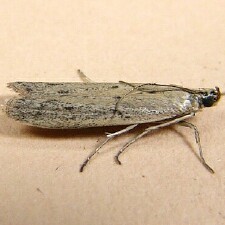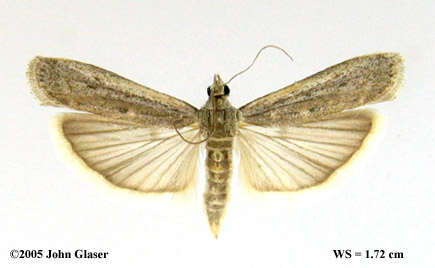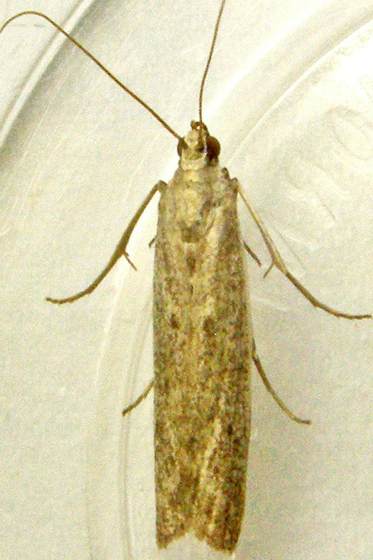Map Snapshot












21 Records
Status
Common in Maryland. Often an abundant species across much of the U.S., especially in the southern half of the country, but north at least to South Dakota and west to Washington (Glaser, Micromoths).
Relationships
The larvae feed on the flower heads of many Asteraceae, including sunflower, on which it is a pest (Glaser, Micromoths).
Seasonality Snapshot
Use of media featured on Maryland Biodiversity Project is only permitted with express permission of the photographer.
A Sunflower Moth in Prince George's Co., Maryland (8/15/2010).
View Record Details
Media by
Bob Patterson.
A Sunflower Moth collected in Baltimore Co., Maryland (5/29/).
View Record Details
Media by
John Glaser.
A Sunflower Moth in Cecil Co., Maryland (9/15/2013). Verified by Roger Downer/BAMONA.
View Record Details
Media by
Bill Keim.
Source: Wikipedia
| American sunflower moth | |
|---|---|

| |
| Scientific classification | |
| Domain: | Eukaryota |
| Kingdom: | Animalia |
| Phylum: | Arthropoda |
| Class: | Insecta |
| Order: | Lepidoptera |
| Family: | Pyralidae |
| Genus: | Homoeosoma |
| Species: | H. electellum
|
| Binomial name | |
| Homoeosoma electellum | |
| Synonyms | |
| |
Homoeosoma electellum, the American sunflower moth, is a species of moth of the family Pyralidae. It is native to North America but also found in South America. Its larvae eat the flowers and developing seeds of many asters, including echinacea.
The larvae are a pest of canola and sunflowers. Other recorded food plants include cotton and oranges.
References
[edit]


